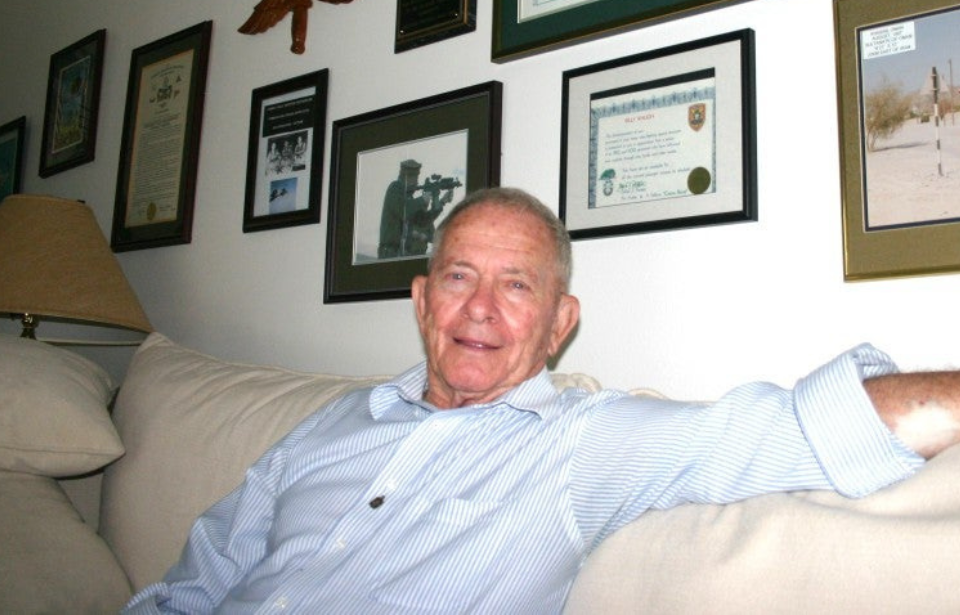Billy Waugh had a long military career, during which he honorably served. His commitment earned him many awards, including the Silver Star, four Bronze Stars, four Army Commendation medals and eight Purple Hearts. After an attempt at retirement, Waugh returned to service and continued to participate in military action well into old age.
Billy Waugh enlisted too late to serve in World War II
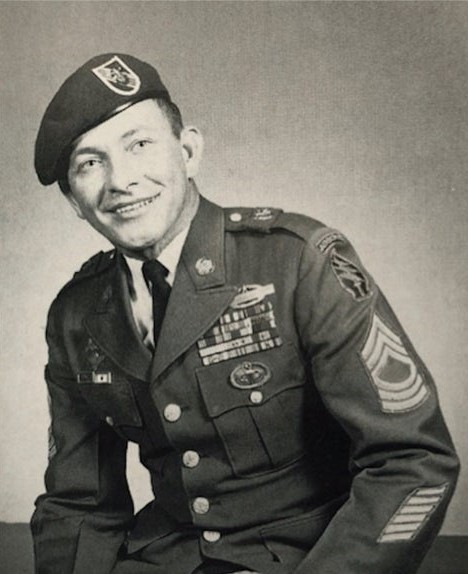
At the age of 15, Billy Waugh was introduced to two US Marines who immediately inspired him to enlist. Unfortunately, he was too young to do so in Texas, leading him to travel to California, where he believed the enlistment age to be 16.
Waugh packed his bags and began hitchhiking toward Los Angeles. During his journey, he was stopped by a police officer in New Mexico. He didn’t have any identification on him at the time, nor was he willing to provide the officer with any personal details. The officer brought Waugh to the station and held him until he proved he had enough money for bus fare.
After his release, Waugh traveled back home and committed himself to his education, deciding it was best to wait it out and enlist after he’d completed high school. He became extremely dedicated to his studies and graduated with a 4.0 GPA.
Becoming a Green Beret following the Korean War
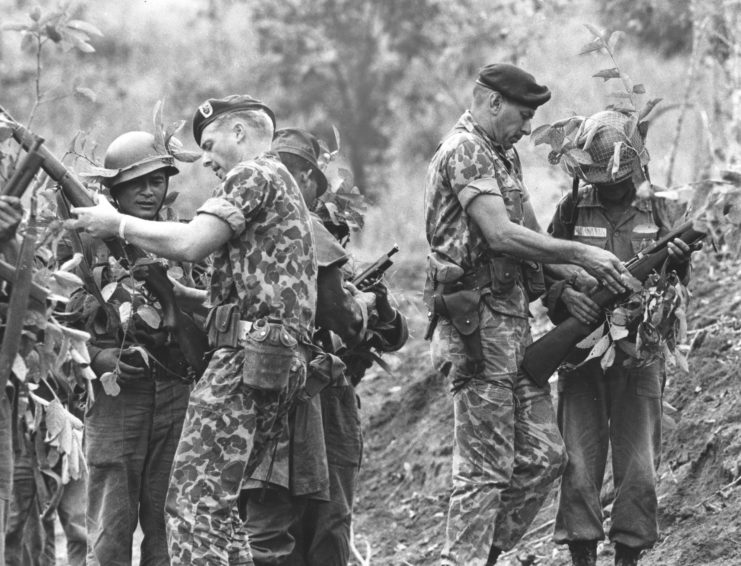
It wasn’t until 1948 that Billy Waugh finally enlisted. However, he chose to serve with the US Army, not the Marine Corps. He joined the 82nd Airborne at Fort Bragg, North Carolina, but in 1951 re-enlisted so he could join the 187th Airborne Regimental Combat Team (originally the 187th Infantry Regiment), for deployment to Korea.
Following his service in the Korean War, Waugh had heard the US Special Forces needed platoon sergeants. He earned his Green Beret in 1954 and became a member of the 10th Special Forces Group in West Germany. His first tour occurred in 1961 in South Vietnam and Laos, where he trained tribesmen in combat.
Billy Waugh survived a brutal wound to the head
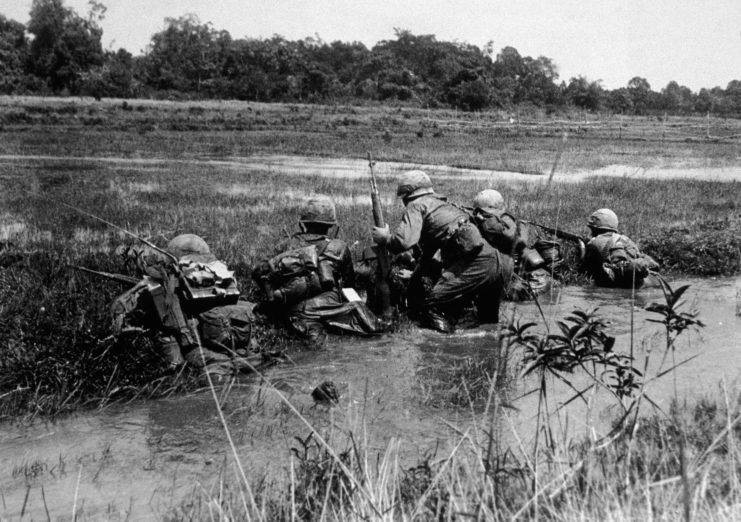
In 1965, Billy Waugh began his first tour with the CIA’s Special Activities Division and sent to the frontlines in Vietnam. While there, intelligence informed his team that there were only a few hundred North Vietnamese Army (NVA) troops in the unit they were supposed to raid in Bồng Sơn, Bình Định province. Unfortunately, this estimate was severely miscalculated, as there were actually more than 4,000 troops, including Chinese regulars.
During the raid, ammunition began to run low and Waugh found himself without any more grenades. He was struck in the knee by a Soviet-made RPK and had to crawl to cover. While trying to move, he was hit in the ankle and foot, before suffering his worst injury.
During the engagement, the Green Beret was shot in the head and knocked unconscious. “I took another bullet, this time across the right side of my forehead,” he recalled in his book, Hunting the Jackal: A Special Forces and CIA Soldier’s Fifty Years on the Frontlines of the War Against Terror. “I don’t know for sure, but I believe the bullet ricocheted off the bamboo before striking me. It sliced in and out of a two-inch section of my forehead, and it immediately started to bleed like an open faucet.”
The North Vietnamese troops believed Waugh was dead, stripped him of his clothing and Rolex watch, and left him on the ground with all of the raid’s other casualties. He was later picked up by a rescue team.
The first high-altitude low-opening (HALO) jump
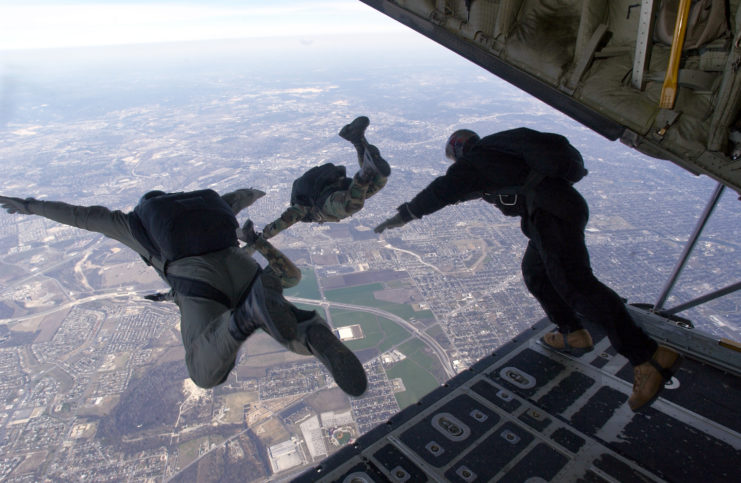
After spending several months in the hospital, Billy Waugh returned to Vietnam, joining the Military Assistance Command – Vietnam Studies and Observations Group (MACV-SOG). He became a sergeant major and participated in the planning and execution of operations throughout the rest of the war.
While with MACV-SOG, Waugh participated in the first combat high-altitude low-opening (HALO) jump. He participated in several of the dangerous jumps, including the final one in Vietnam.
Billy Waugh was an “unofficial” spy for the CIA
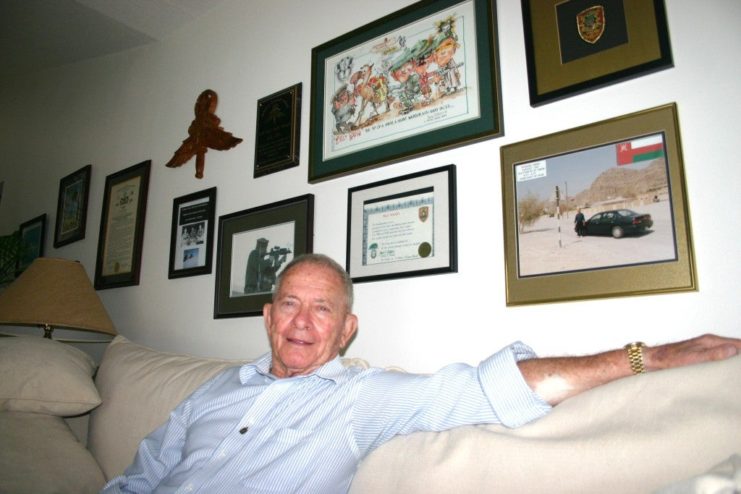
Billy Waugh retired from the Army in 1972 and became a postal worker. However, the postal service life wasn’t for him. He was rehired to train the Libyan Special Forces in 1977. This wasn’t originally a CIA operation, but instead a private operation by ex-CIA member, Edwin Wilson.
Unaware of this, Waugh flew to Libya to begin training. He’d previously arranged to provide the CIA with photos of suspicious activity occurring in the country, including of the men he was training and various surface-to-air missile (SAM) sites, thus making him an unofficial spy for the intelligence agency.
Tracked Osama bin Laden at 71 years old
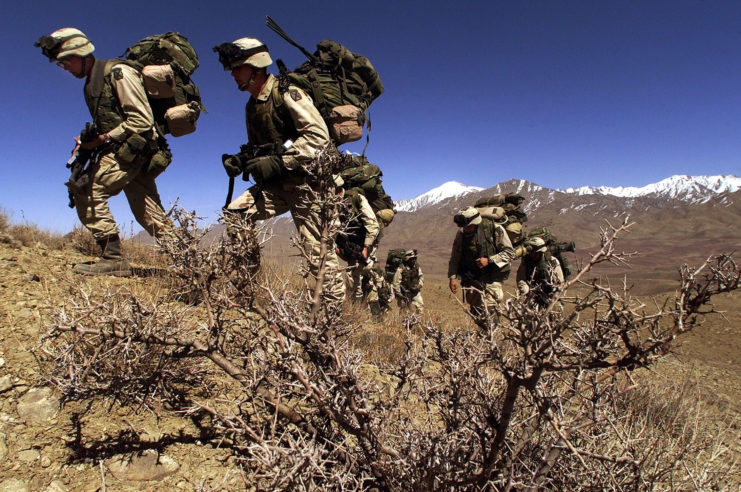
Billy Waugh became an excellent asset for the CIA. After years of evading surveillance, he and his team were the ones to track down Carlos the Jackal (real name Ilich Ramírez Sánchez), a terrorist working with the KGB and Stasi. He was captured in 1994 and sentenced to three life terms in prison.
Waugh also used his surveillance to track Osama bin Laden following the terrorist attacks on September 11, 2001. At the age of 71, he joined the Northern Alliance Liaison Team, working with Afghanis who actively resisted the Taliban during Operation Enduring Freedom. He later revealed that he was close enough to taking out bin Laden on several occasions, saying, “I was within 30 meters of him. I could have killed him with a rock.”
Billy Waugh’s life following his service
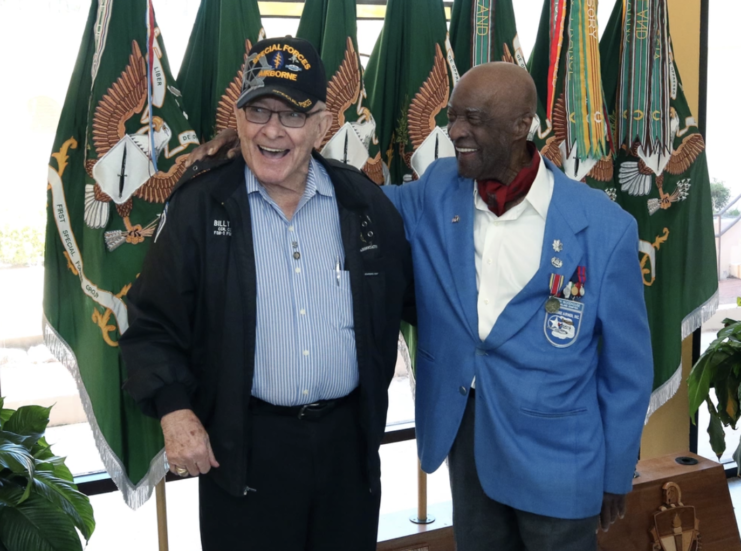
More from us: Hugh Thompson Jr. Saved Innocent Civilians During the Mỹ Lai Massacre – He Was Deemed a Traitor
Billy Waugh had gotten used to the fast-paced lifestyle while serving and to this day struggles to stay away from his former life in the military. “If the mind is good and the body is able, you keep on going if you enjoy it,” he said in an interview with Macdill Air Force Base, Florida, adding that “once you get used to that [life of adventure], you’re not about to quit it. How could you want to do anything else?”
Well into his years as a senior, Waugh still jumped out of aircraft and even listed himself as a “contractor for my present outfit.” On April 4, 2023, the famed Green Beret and CIA operative passed away at the age of 93, having lived one of the most action-packed careers of any US Army service member.
